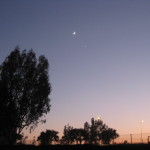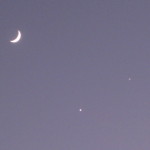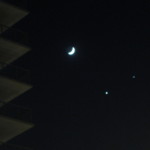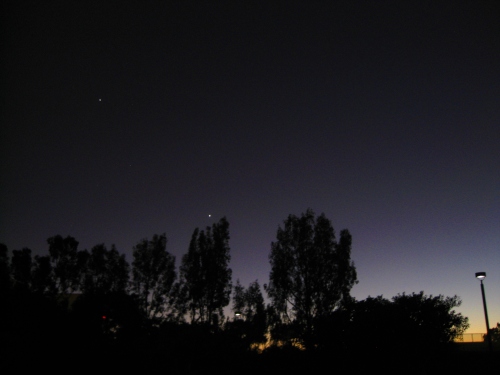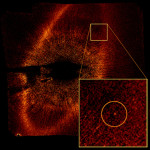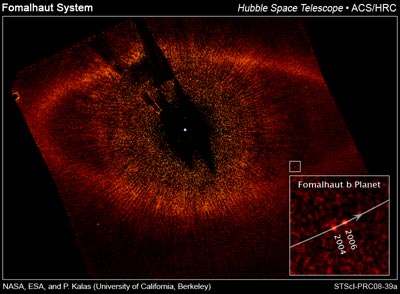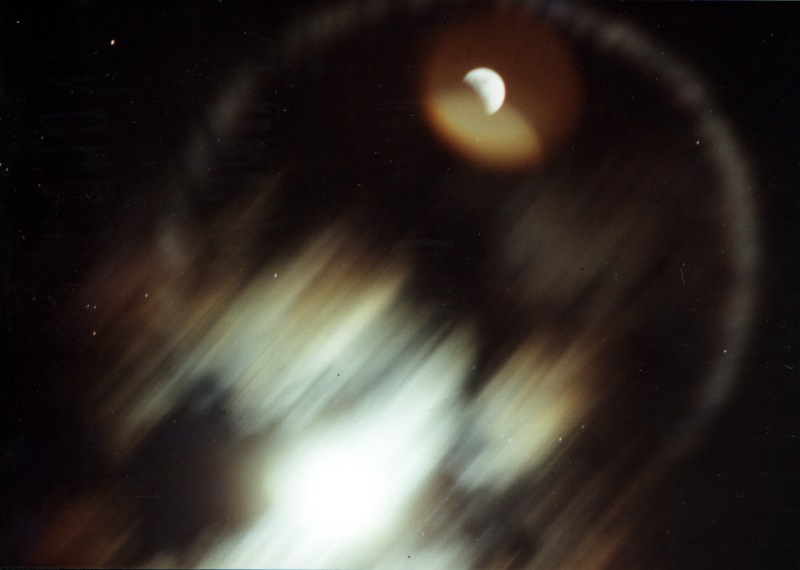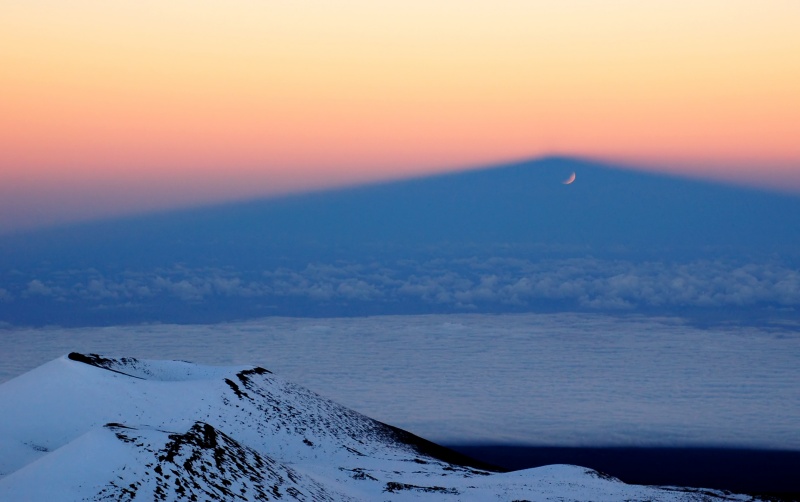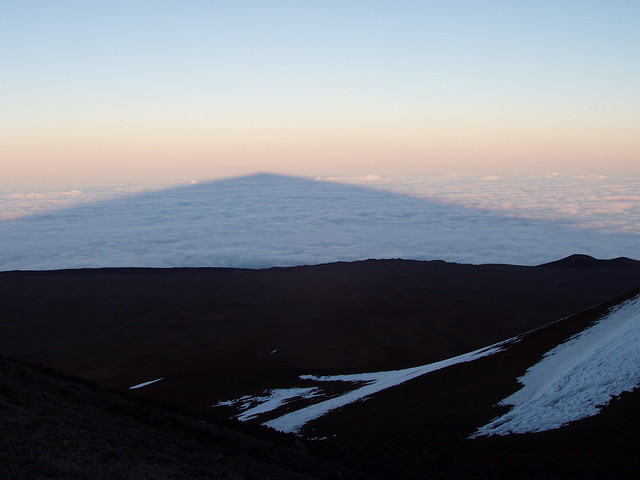This is cool: a fascinating tour of the world’s cities as seen in visible light from the International Space Station.
Cities at Night, an Orbital Tour Around the World
It’s interesting to see how just lighting illustrates different patterns in city development. European cities have this star topology, US cities tend to stick to the north/south grid. Different countries tend to use different colors of lighting, with the western cities more yellowish and cities in the middle east and Asia more greenish. There’s a view along the Nile, where the river runs through the middle of a channel of lights, beyond which everything is empty.
There’s also a mosaic of the Los Angeles/Orange County/San Diego area, which really points out that there’s quite a bit of emptiness still in the OC area: The Santa Ana Mountains to the northeast, and the San Joaquin Hills to the sourthwest, make large dark areas. The northwest plain melds seamlessly into the Los Angeles area, while a narrow (but very bright) channel winds its way through the middle before opening up into south county.
The downside, as pointed out in the comments, is that this is all wasted energy. With lamps that direct all of their light downward instead of out into space, we could light our cities with less energy and keep the skies dark for stargazing.
